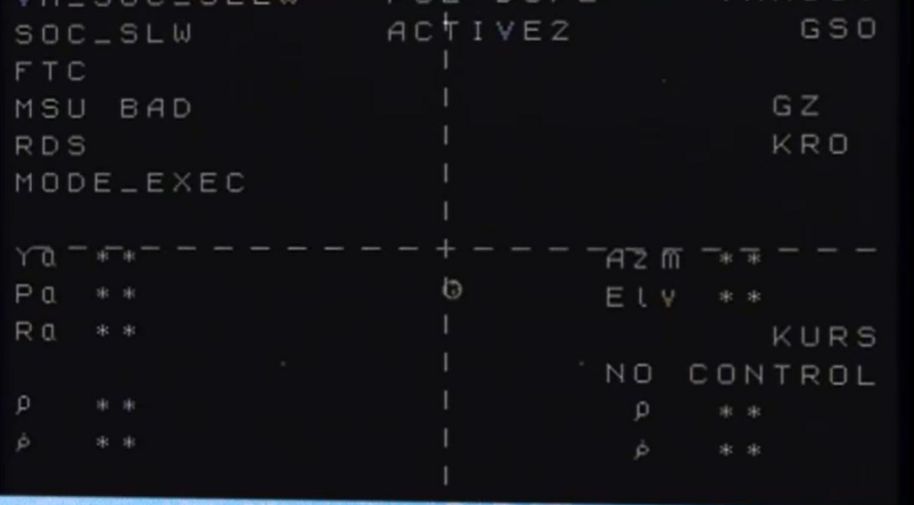European Cargo Ship Leaves Space Station for Final Time

The European Space Agency's fifth and final Automated Transfer Vehicle (ATV-5) has left the International Space Station ahead of a planned plunge into Earth's atmosphere on Sunday (Feb. 15).
The unmanned ATV-5, named "Georges Lemaitre" after the 20th-century Belgian priest and astronomer, departed at 8:42 a.m. EST (1342 GMT) Saturday (Feb. 14), ending its six-month stay at the orbiting lab. The cargo ship is expected to come back to Earth Sunday at 1:12 p.m. EST (1812 GMT), in a closely monitored, fatal dive.
"The ship's re-entry into the atmosphere over the South Pacific Ocean will be documented by the Expedition 42 crew on board the station as well as NASA, ESA and other agencies around the world," NASA officials wrote in a statement Feb. 6. The agencies aim "to gather detailed information on the mechanics of the breakup of a spacecraft re-entering the Earth's atmosphere." [Space Station's Robotic Cargo Ship Fleet (A Photo Guide)]
Some of this information will be collected by sensors aboard Georges Lemaitre itself, including ESA's temperature-measuring Break-Up Camera.
ATV vessels have been supplying the International Space Station since 2008. ATV-1 ("Jules Verne") launched in March of that year. ATV-2 ("Johannes Kepler") blasted off in February 2011; ATV-3 ("Edoardo Amaldi") followed in March 2012, and ATV-4 ("Albert Einstein") lifted off in June 2013.
Together, the five robotic vehicles brought about 34 tons of cargo up to the orbiting lab, NASA officials said. ATV-5, which is as big as a double-decker bus, delivered more than 7 tons of food, scientific experiments, spare parts and other gear when it docked with the station on Aug. 12, 2014.
Robotic cargo delivery to the space station will not end with the ATV program. Japan's H-II vehicle and Russia's Progress spacecraft remain operational; Progress 58, in fact, is scheduled to launch toward the orbiting outpost on Tuesday (Feb. 17).
Breaking space news, the latest updates on rocket launches, skywatching events and more!
Two private American cargo ships — SpaceX's Dragon capsule and Orbital ATK's Cygnus spacecraft — are also up and running. Dragon returned to Earth in an ocean splashdown Tuesday (Feb. 10), wrapping up the fifth of 12 resupply missions that SpaceX plans to fly under a $1.6 billion NASA contract. (Dragon is the only robotic resupply vessel designed to survive the journey home.)
Orbital ATK holds a $1.9 billion deal with NASA to make eight cargo flights to the station. The first two missions went well, but the third ended just seconds after liftoff on Oct. 28, 2014, when Orbital's Antares rocket exploded.
Follow Mike Wall on Twitter @michaeldwall and Google+. Follow us @Spacedotcom, Facebook or Google+. Originally published on Space.com.

Michael Wall is a Senior Space Writer with Space.com and joined the team in 2010. He primarily covers exoplanets, spaceflight and military space, but has been known to dabble in the space art beat. His book about the search for alien life, "Out There," was published on Nov. 13, 2018. Before becoming a science writer, Michael worked as a herpetologist and wildlife biologist. He has a Ph.D. in evolutionary biology from the University of Sydney, Australia, a bachelor's degree from the University of Arizona, and a graduate certificate in science writing from the University of California, Santa Cruz. To find out what his latest project is, you can follow Michael on Twitter.

